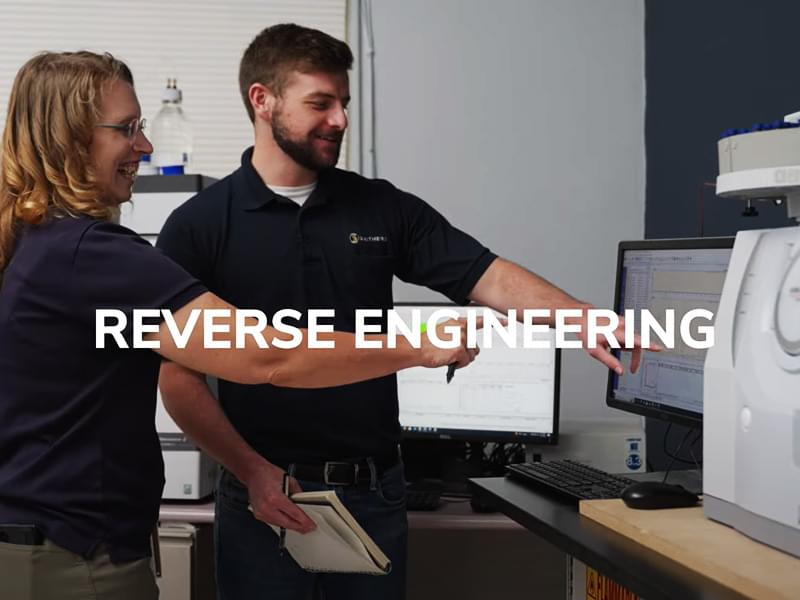In the real world, we rarely find ourselves dealing with pure compounds. Most materials are a mix of multiple elements, not all of which are known.
Depending on the context, a little foreign matter in a material may be inconsequential. But in many cases, it can be incredibly important, if not vital, to know and understand the exact makeup of a given
compound, including any trace elements. Breaking down and identifying every element of a compound requires powerful analysis. One option is
GC-MS.
What is GC-MS?
GC-MS stands for
gas chromatography—mass spectrometry. GC-MS is a physical technique for separating compounds efficiently so they can be identified and quantified. GC-MS is especially applicable to highly volatile compounds and can be used to study samples of liquid, solid, and gaseous materials.
What sets
GC-MS analysis apart from other analytical techniques is the minute scale at which this technique can identify compounds and trace elements. A manufacturer may believe that a given material is far too diluted for a certain element to be detected. Plus, two molecules with similar structures may seem identical when using a different technique. But GC-MS can accurately identify incredibly tiny quantities of a given substance within a sample. This is especially valuable for purity analysis purposes: GC-MS can detect even trace amounts of contaminants or foreign bodies.
Beyond detection and identification,
GC-MS is also valuable for quantifying every element present in a given compound. GC-MS can measure the exact weights and quantities of every element, which is vital for calculating or recreating the compound formulation of a product or material.
How does GC-MS work?
A sample, usually a complex mixture of volatile compounds, is injected into a silica-filled column via a mobile medium, usually helium. This column is the gas chromatograph. The gas chromatograph separates each element from the compound based on volatility as they travel through. These elements are then passed to the mass spectrometer, which identifies each element based on its unique mass spectrum. The instrument will report both the quantity and identity—or mass spectrum—of each element.
What is GC-MS analysis used for?
GC-MS is an incredibly powerful and valuable analytical tool with many potential purposes.
Formula reconstruction
GC-MS reports the exact identity and quantity of each element present in a given compound. This data can be used to recreate the original “recipe” of a given compound, material, or product. For example, you could theoretically determine which plasticizers, fillers, and other substances are present in a competitor’s rubber product, along with the ratios for each.
Headspace analysis
Headspace analysis is a quantitative analysis of the air or vapor around a given product or material. For example, if you were seeking to determine whether a product is off-gassing chemicals, a GC-MS headspace analysis could tell you which chemicals were present in the product’s immediate vicinity and how much of each. This is often required by regulatory bodies.
Raw materials assay
GC-MS is an excellent method to measure and validate the purity of a raw material. If there are even minute contaminants present in a sample, the GC-MS instrument can find and identify them. There is virtually no limit to the types of materials that GC-MS can analyze for purity.
Failure analysis
Product failure occurs for many reasons, and it can be difficult to pinpoint the cause of the issue. GC-MS is a powerful way to determine the source of a chemical or physical failure. With GC-MS, you can analyze the surface or interior of the material and break it down chemically to investigate why the failure occurred.
GC-MS testing lab
Smithers provides comprehensive
GC-MS analysis services for rubber, polymer, and other varieties and products of materials. Our experts have years of experience conducting GC-MS testing to support R&D projects, product launches, failure analyses, and more.
Our top priority is providing accurate data, on time, with excellent service, customized to suit our clients’ needs. We regularly make strategic investments in top talent and upgraded testing instrumentation to ensure that we are providing capabilities and guidance in line with our clients’ evolving needs.
To learn more about our GC-MS testing services or get started on a project, get in touch with one of our experts.
